
Explore the power of sketching alongside top-notch drawing masters.
This sketching specialization will guide you on a creative journey alongside renowned international artists. Through nearly 100 carefully selected and designed lessons, you'll discover everything from essential fundamentals to sophisticated techniques like perspective, composition, play of light and shadow, and the fascinating world of color.
Each expert instructor will teach you how to capture the essence of the world around you in your sketchbook, exploring a variety of unique styles and methods. This learning experience will help you transform your ideas and emotions into captivating visual forms, opening your eyes to new ways of perceiving and expressing your environment.
Dive into this specialization and awaken your creativity.
What will you learn in this specialization?


















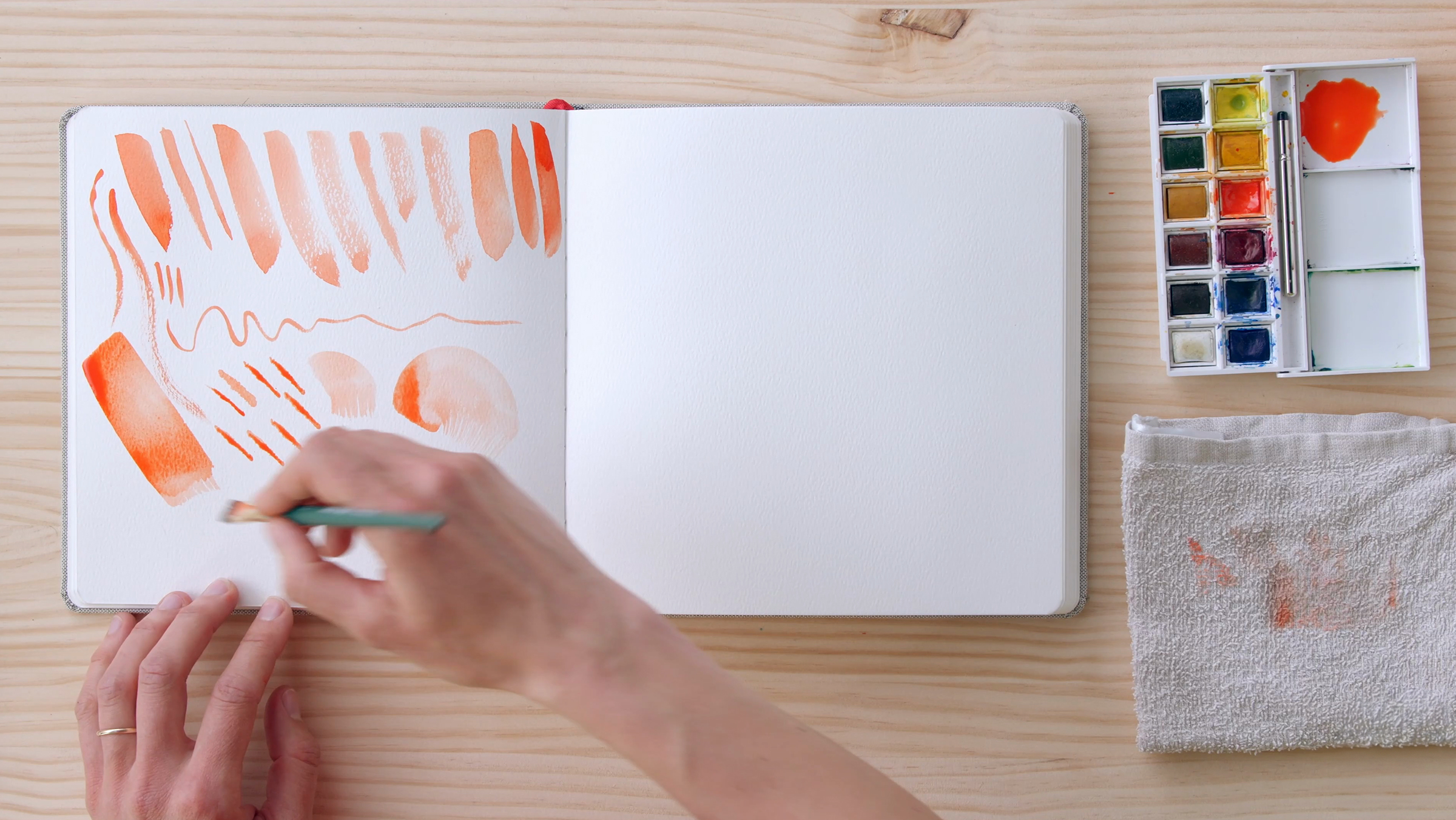
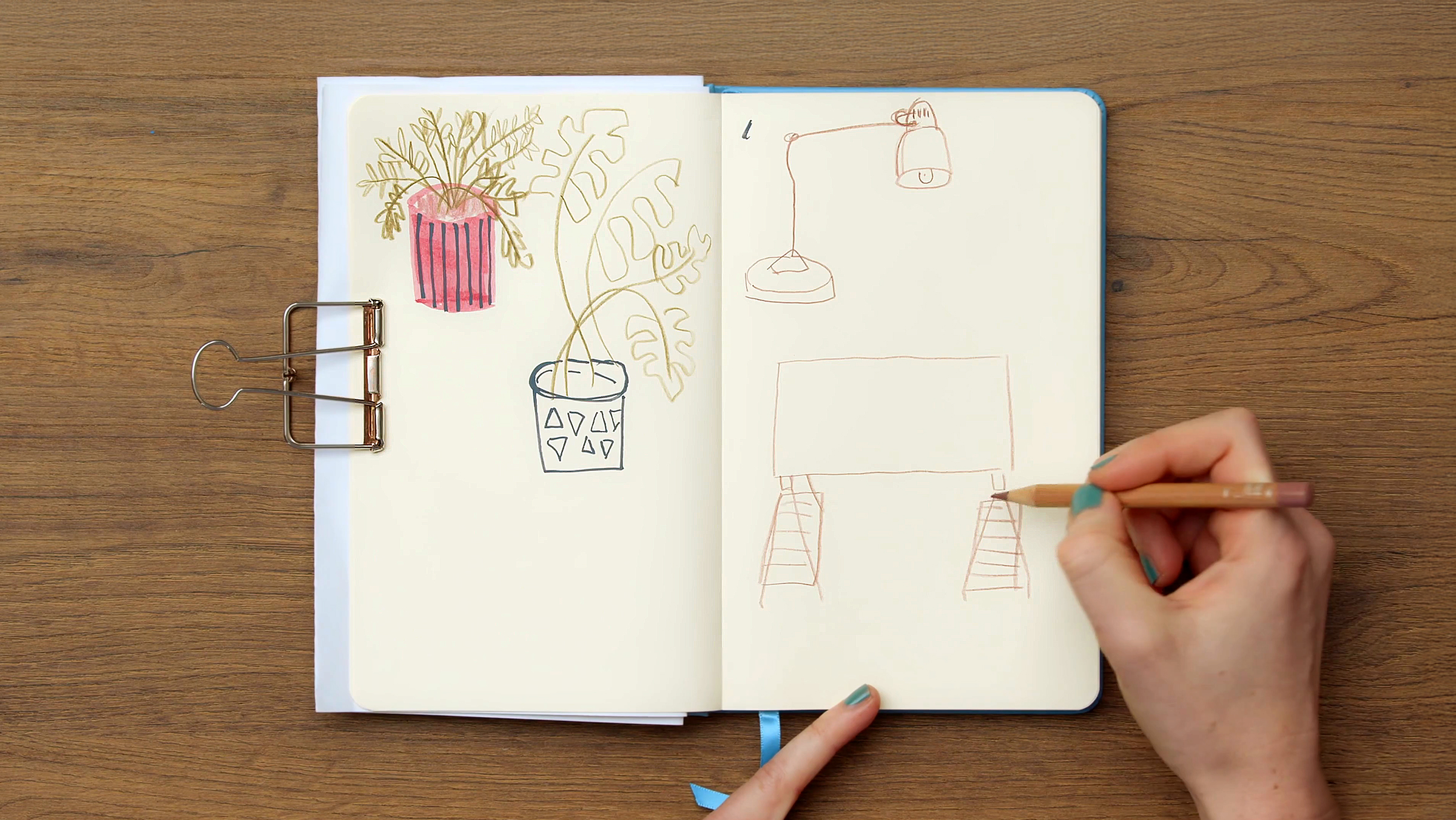





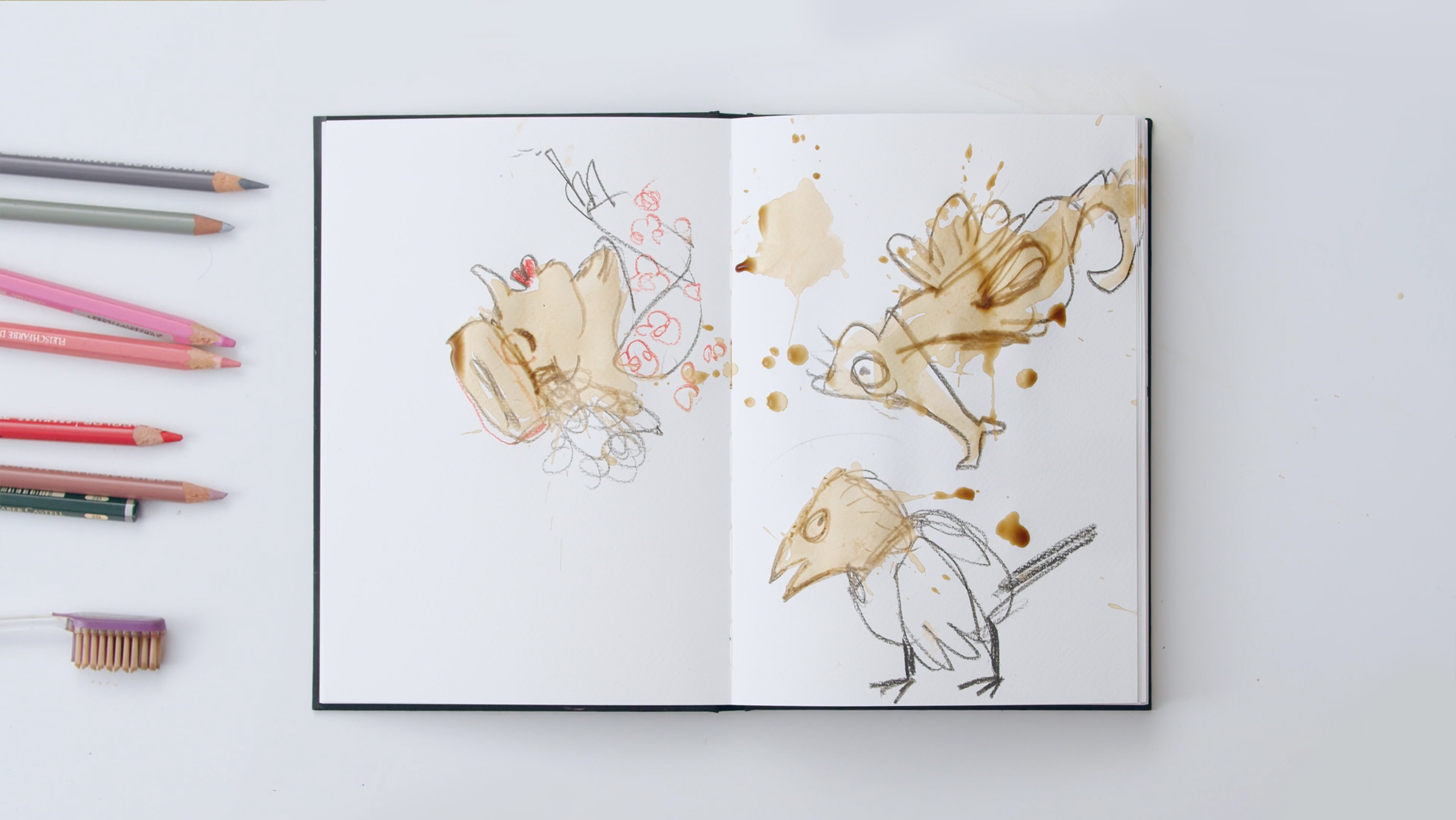

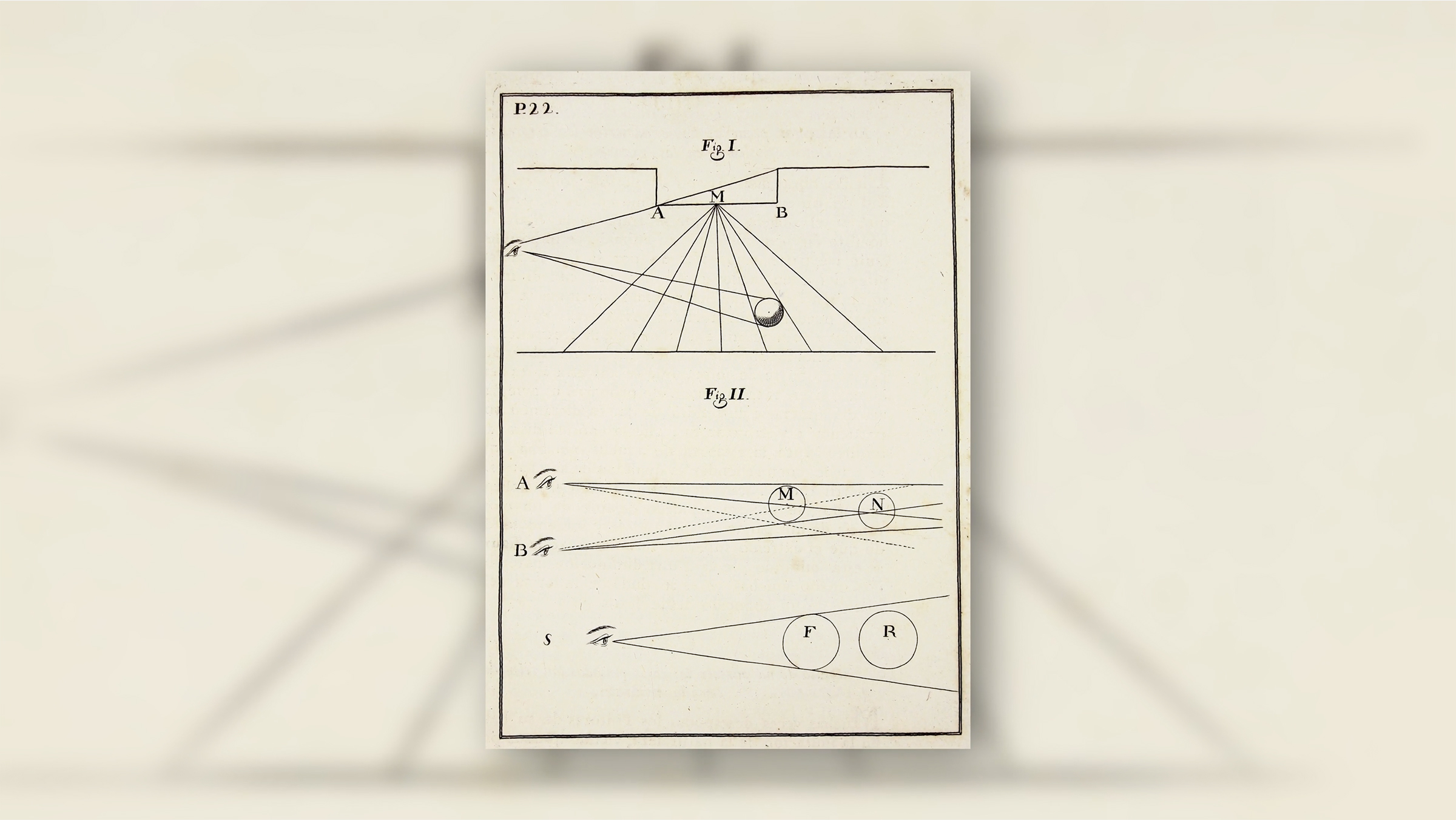










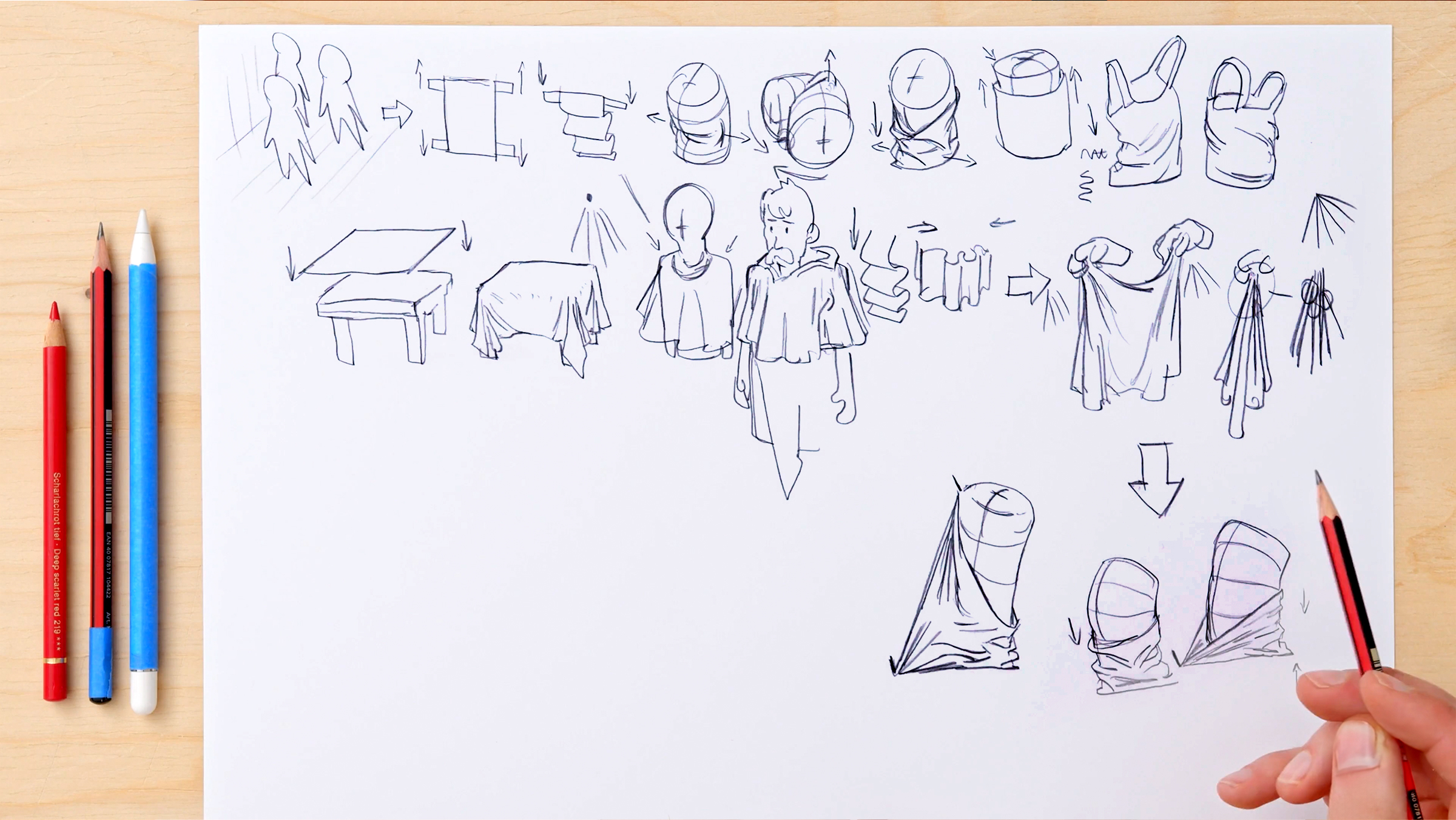







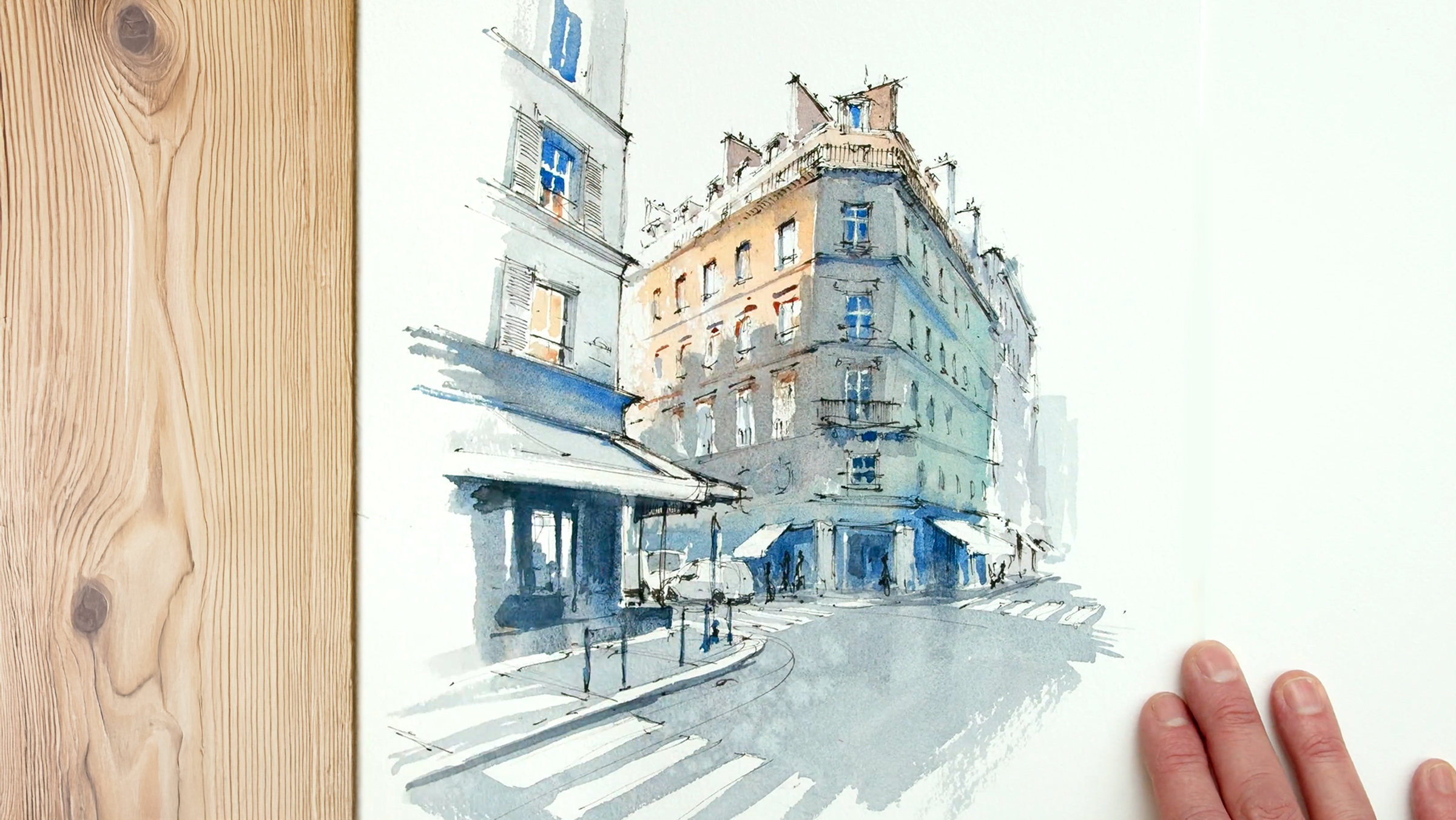


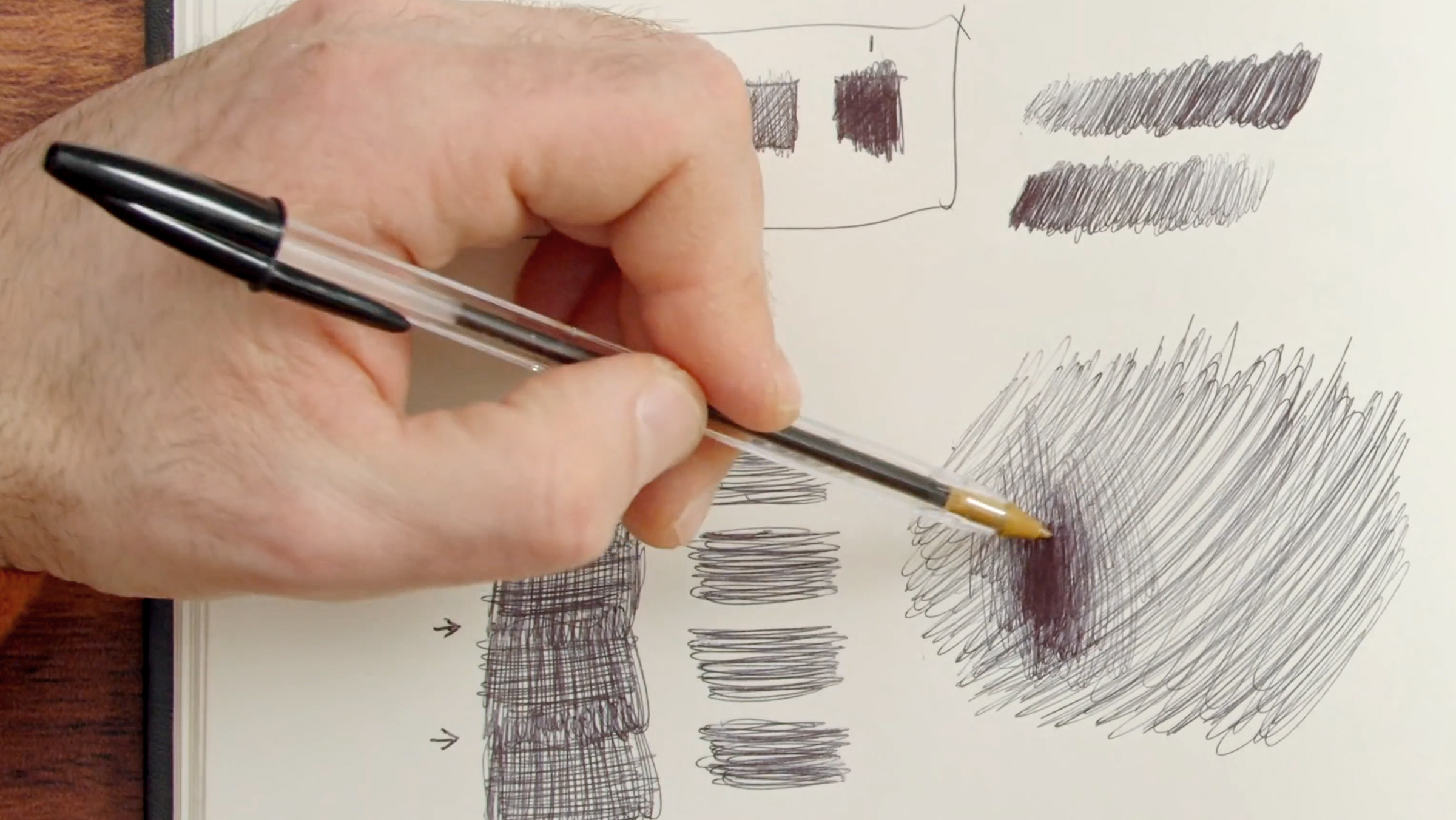





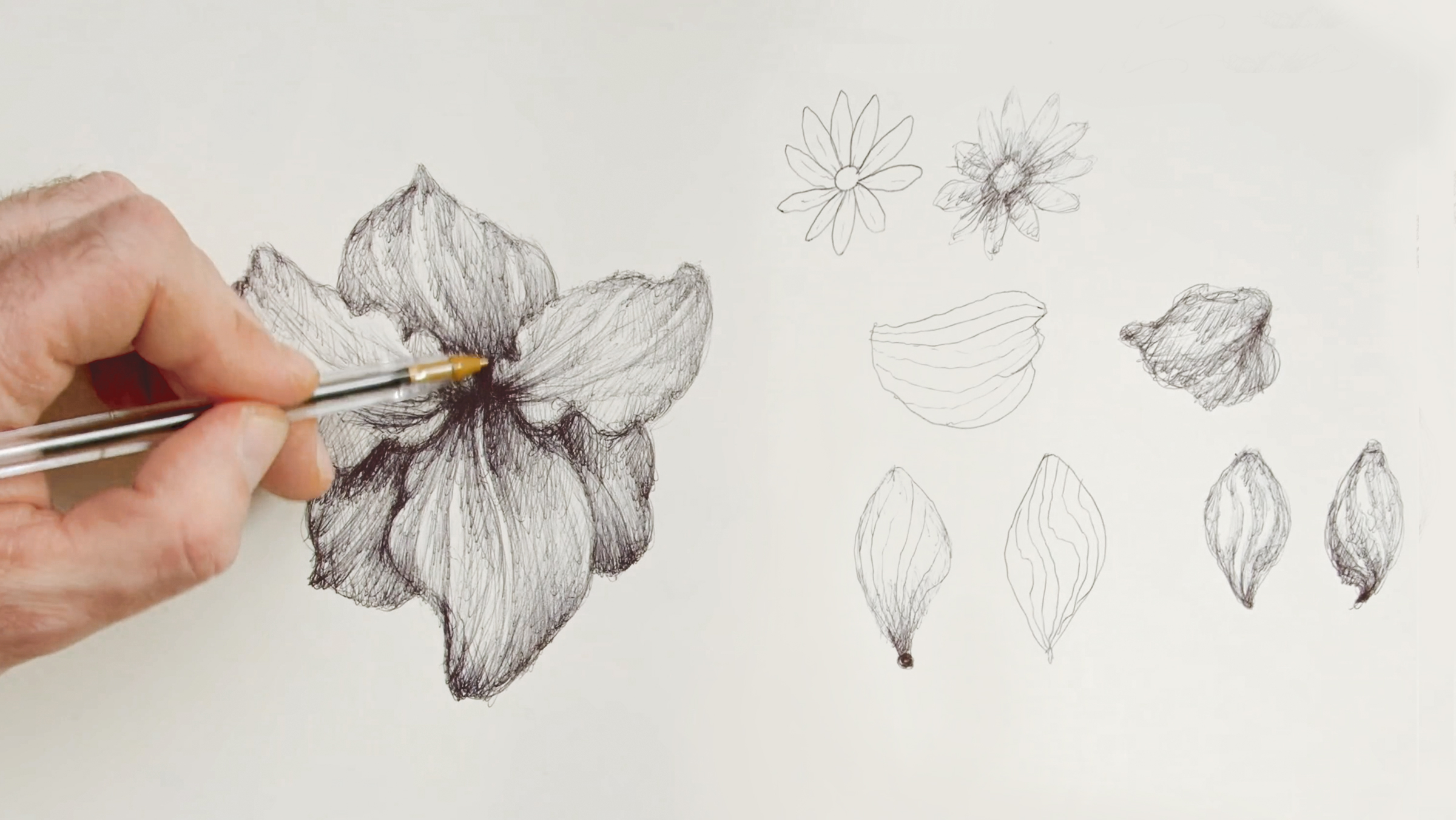





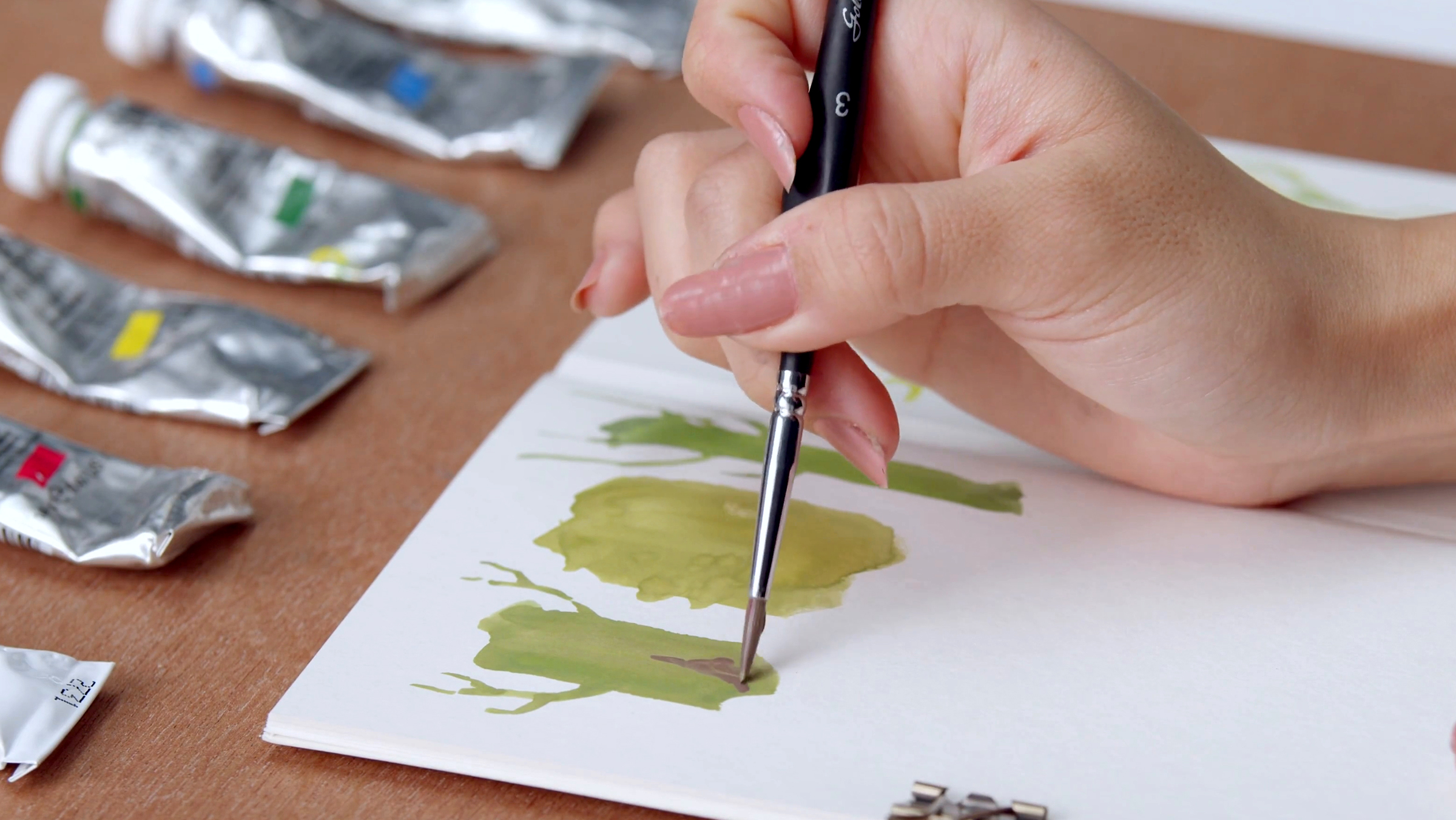



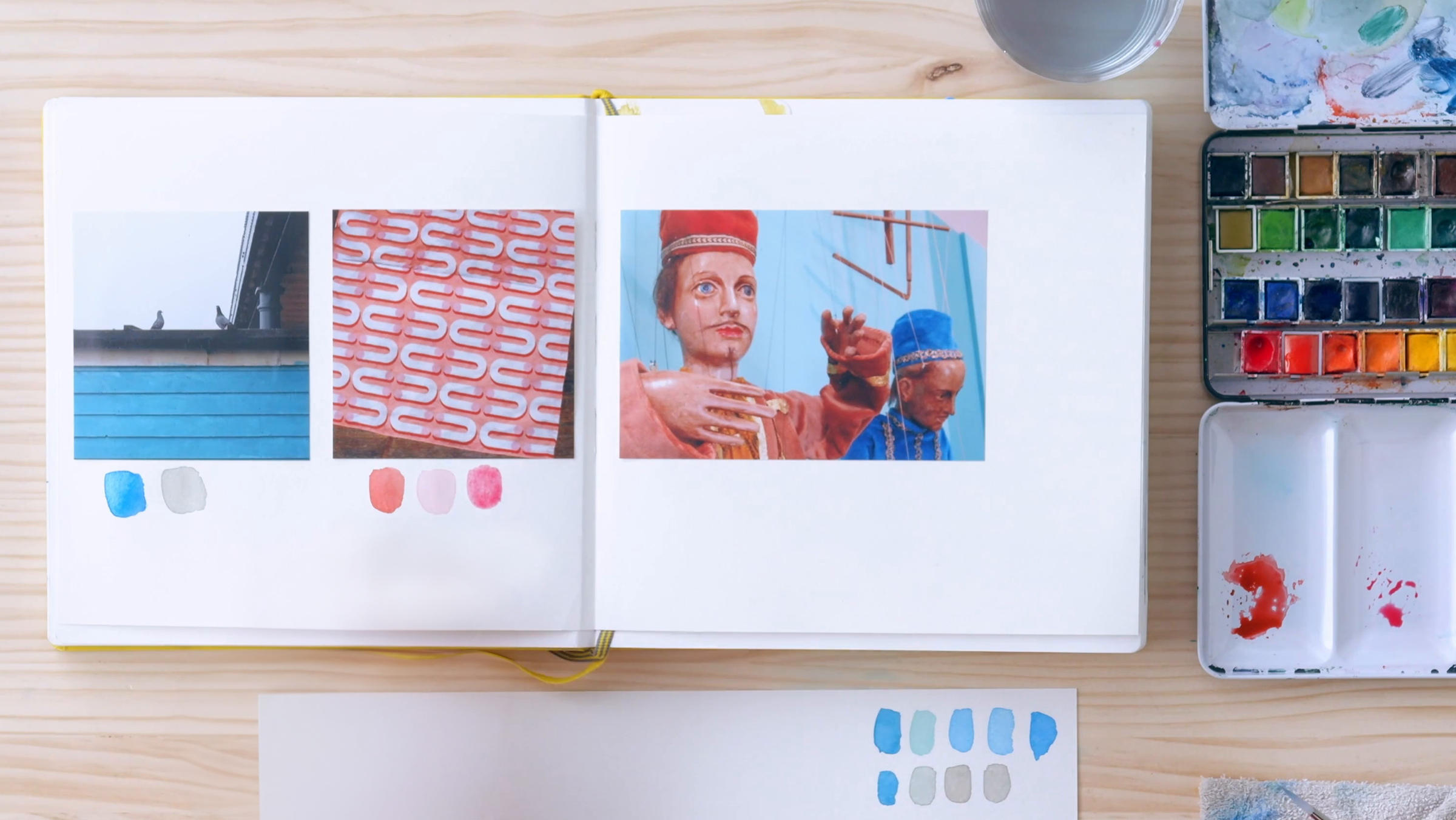
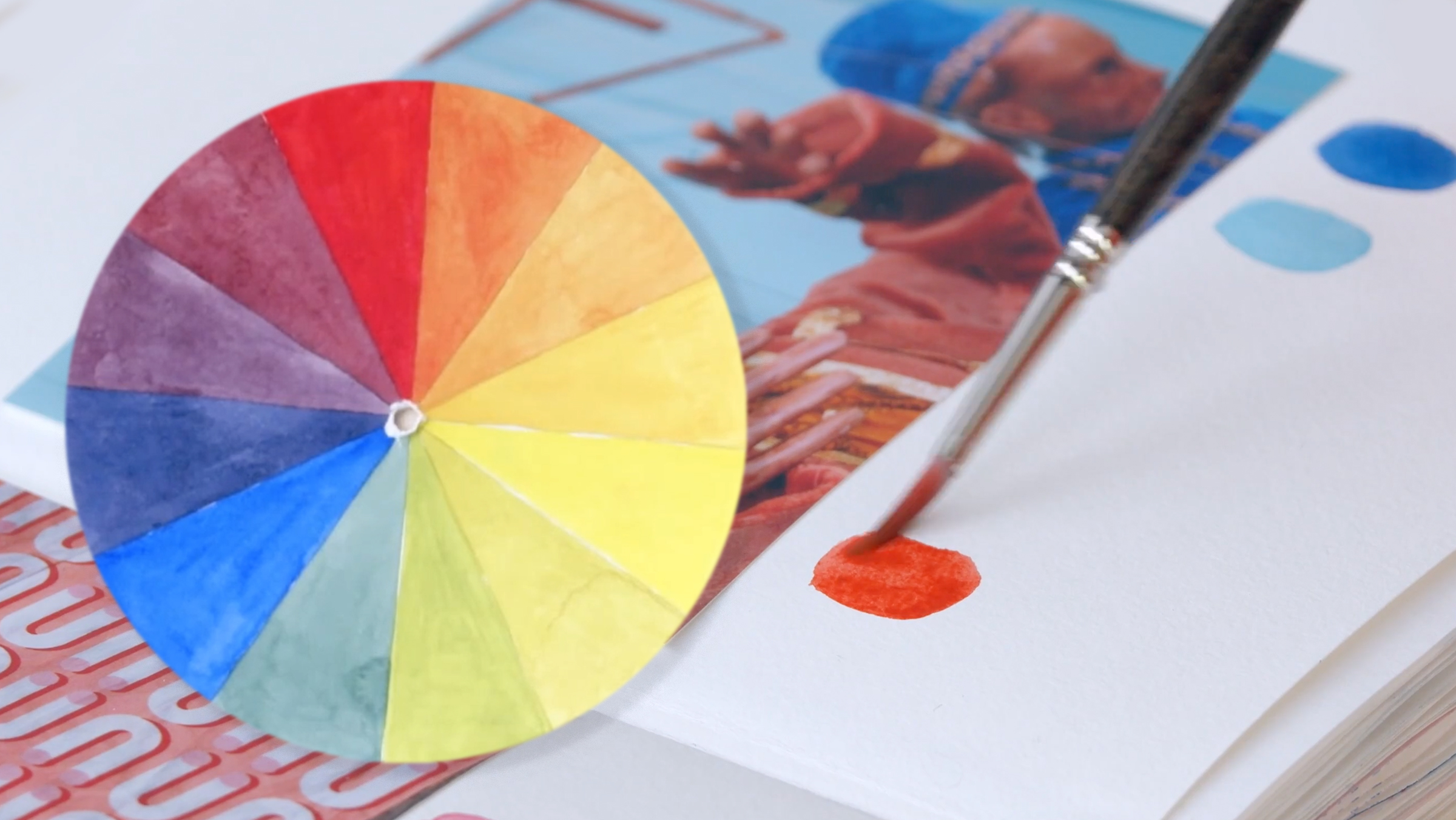







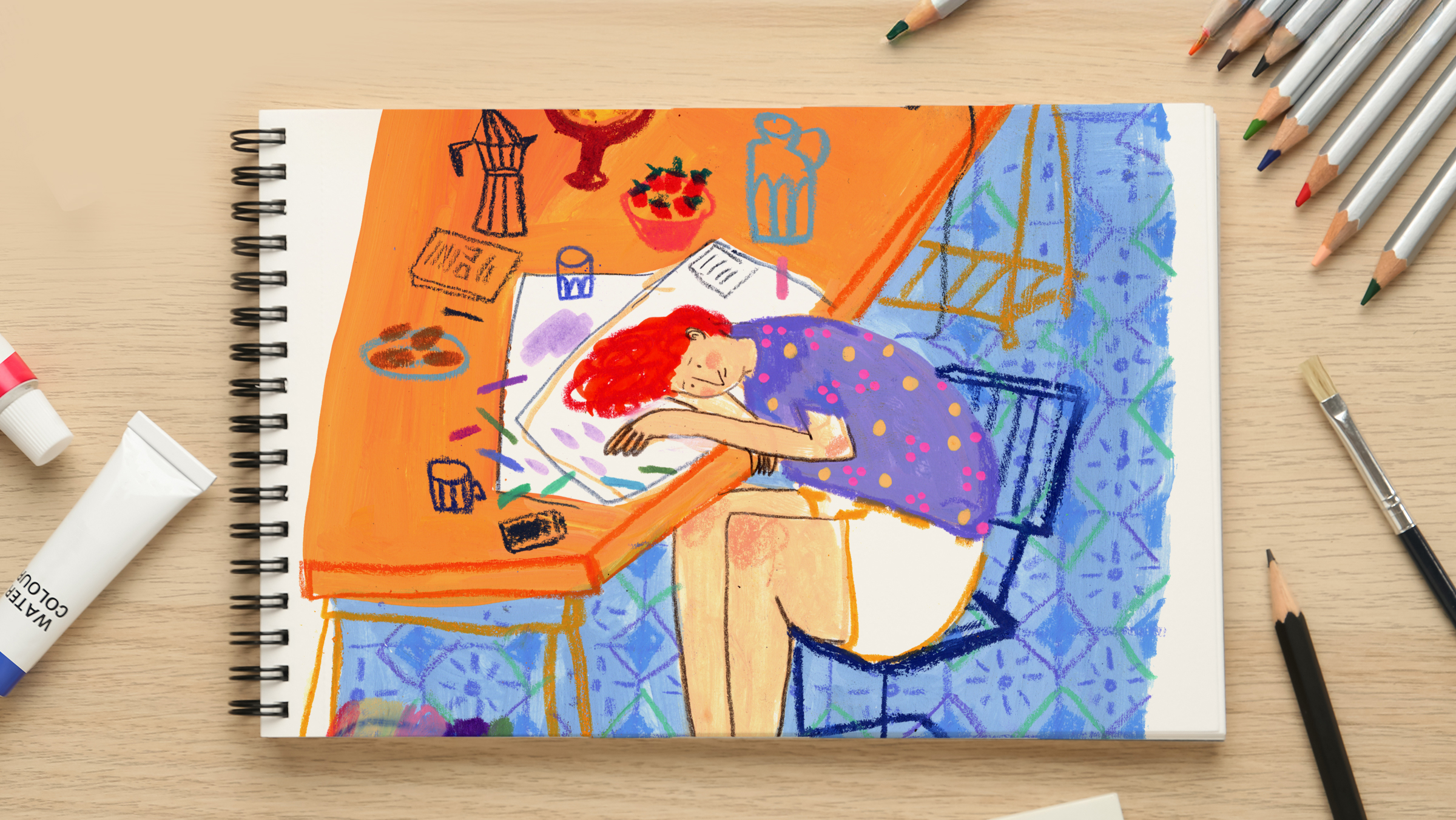








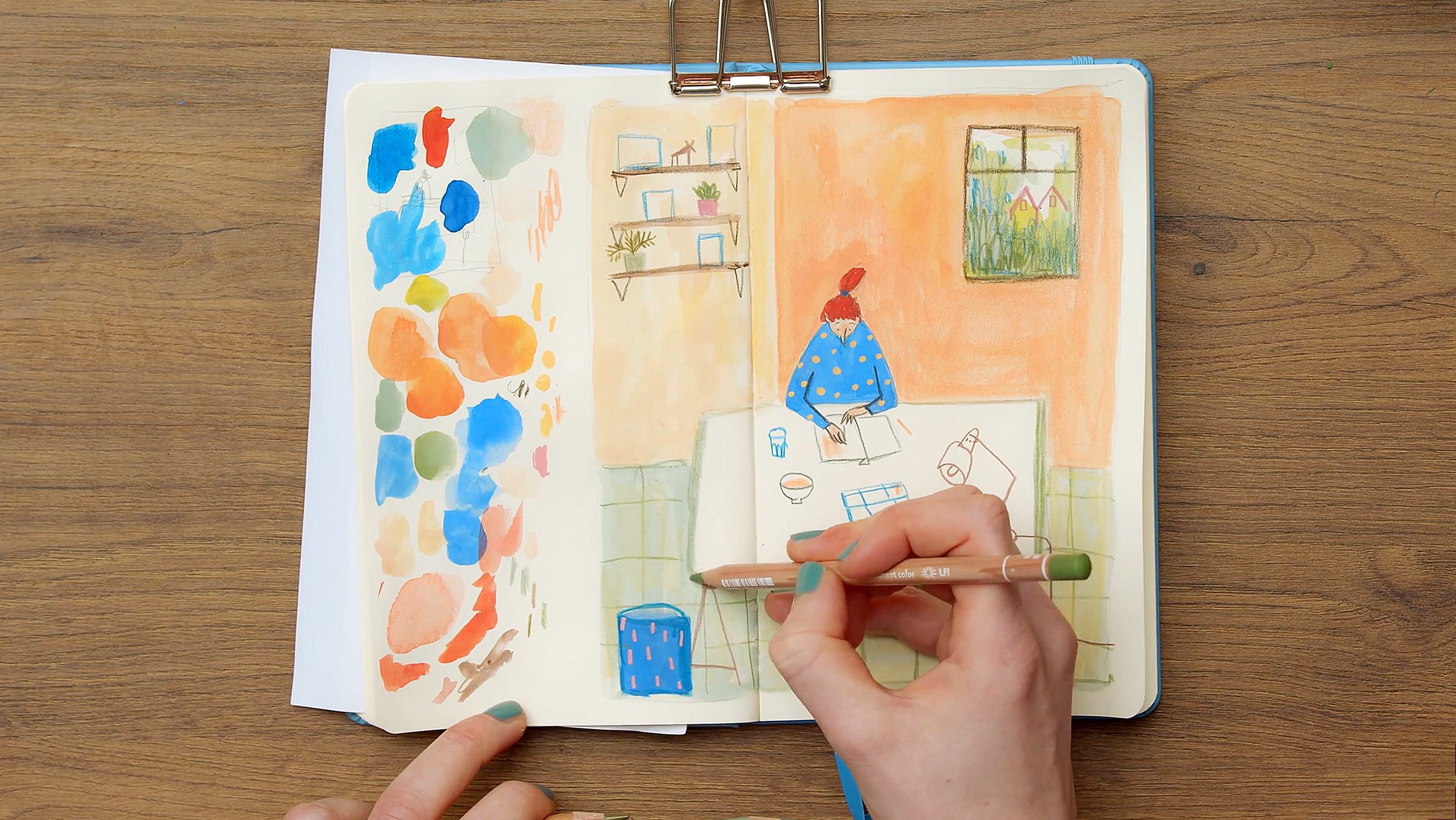
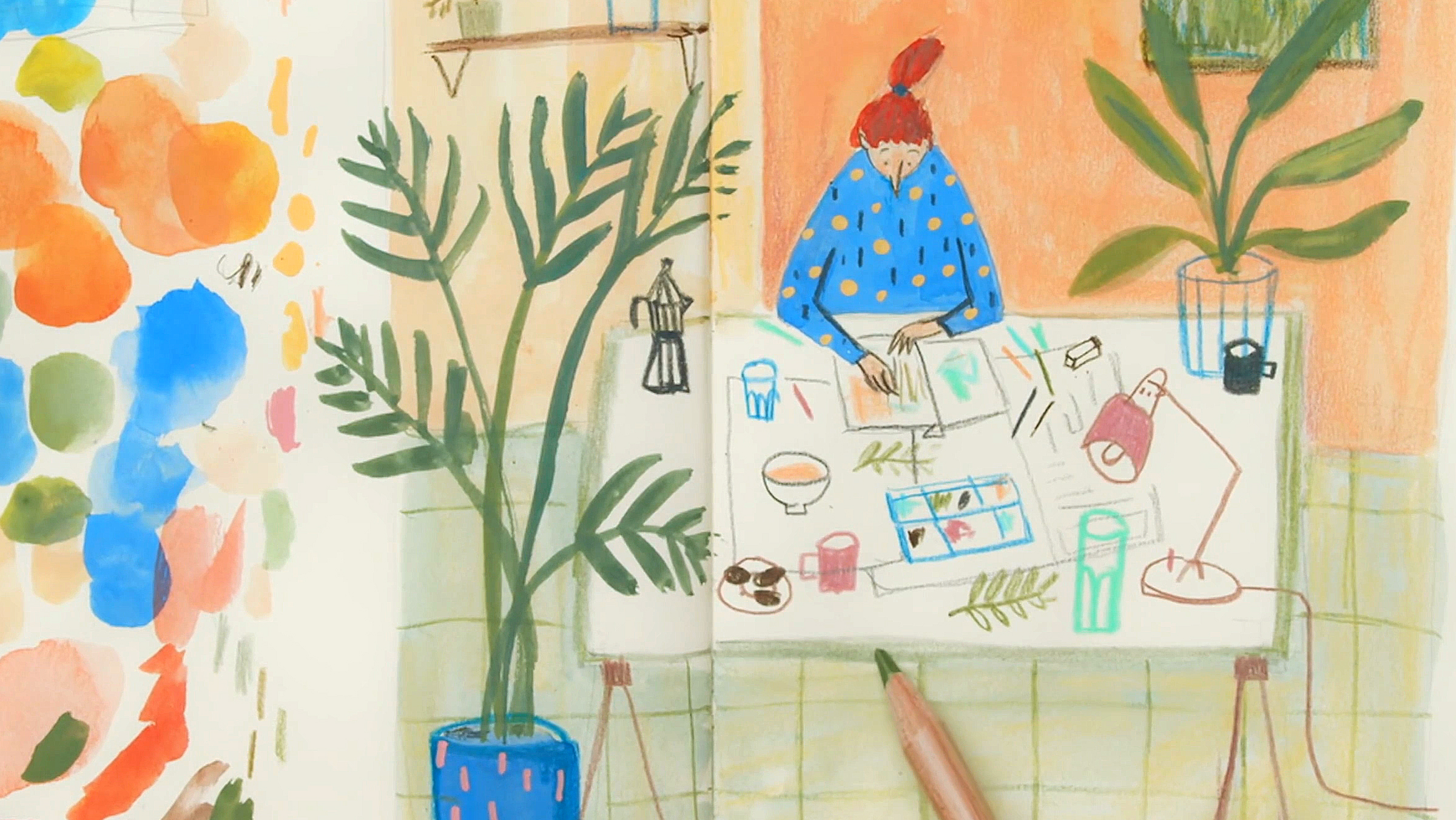



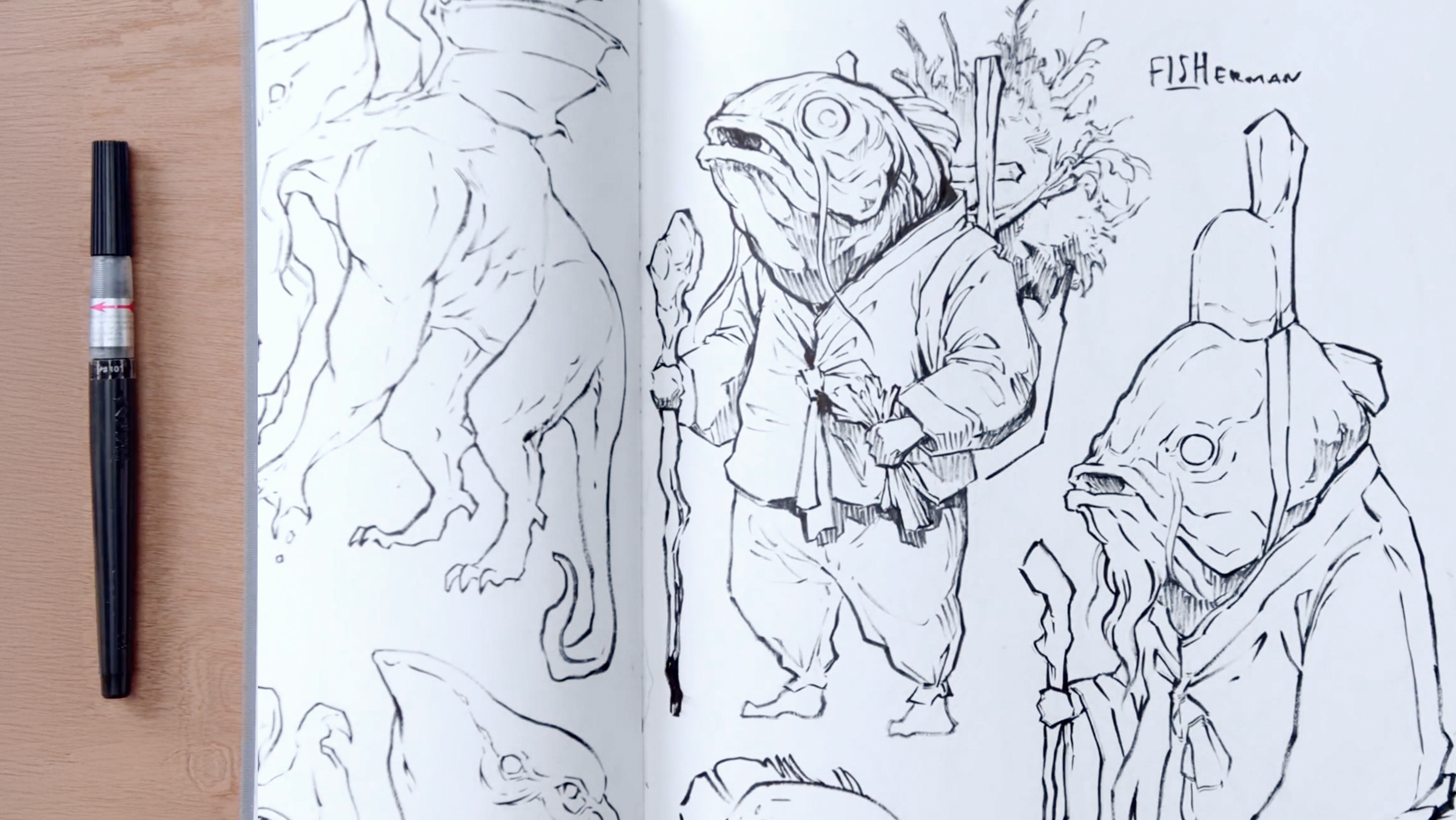
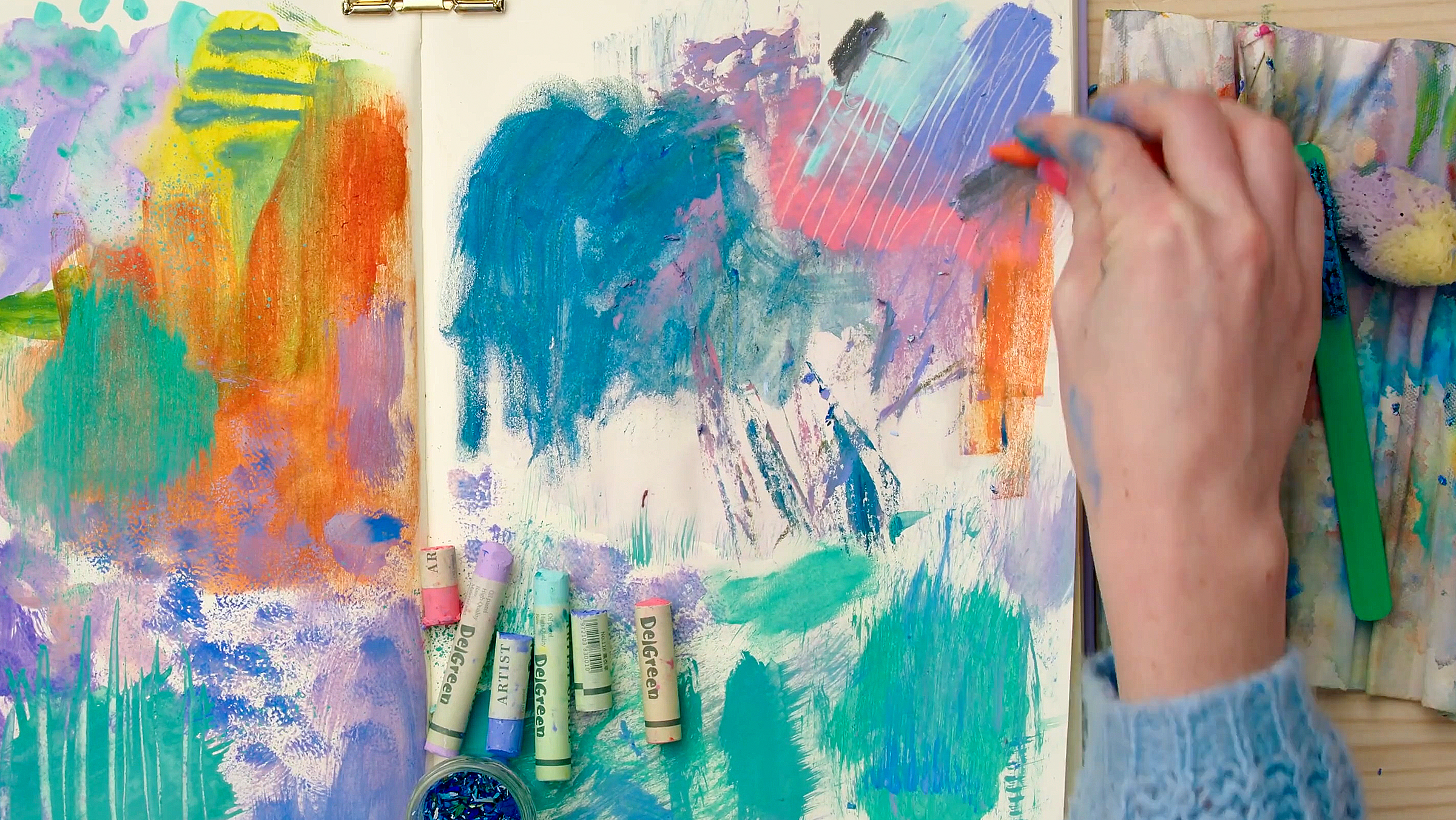


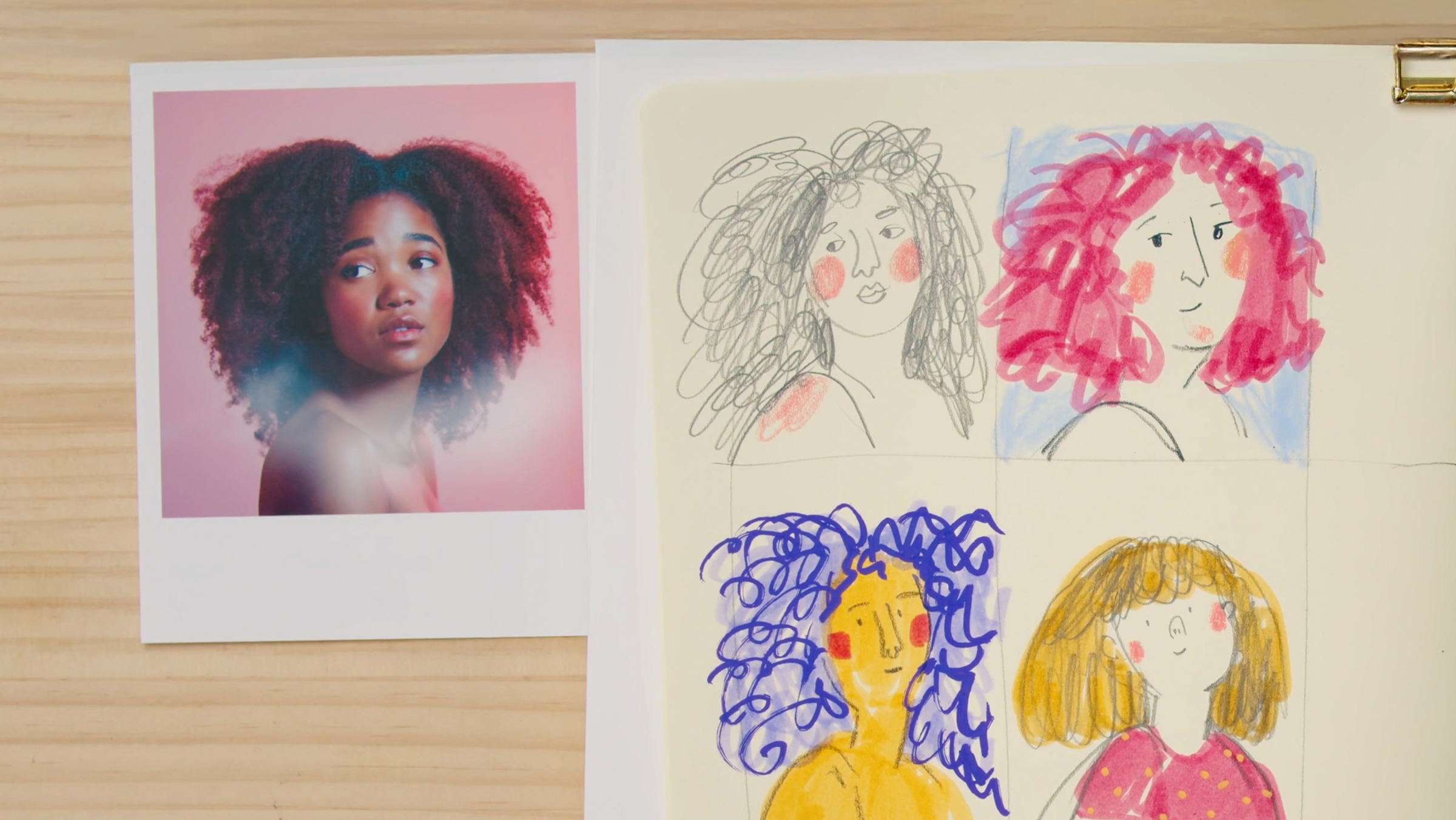
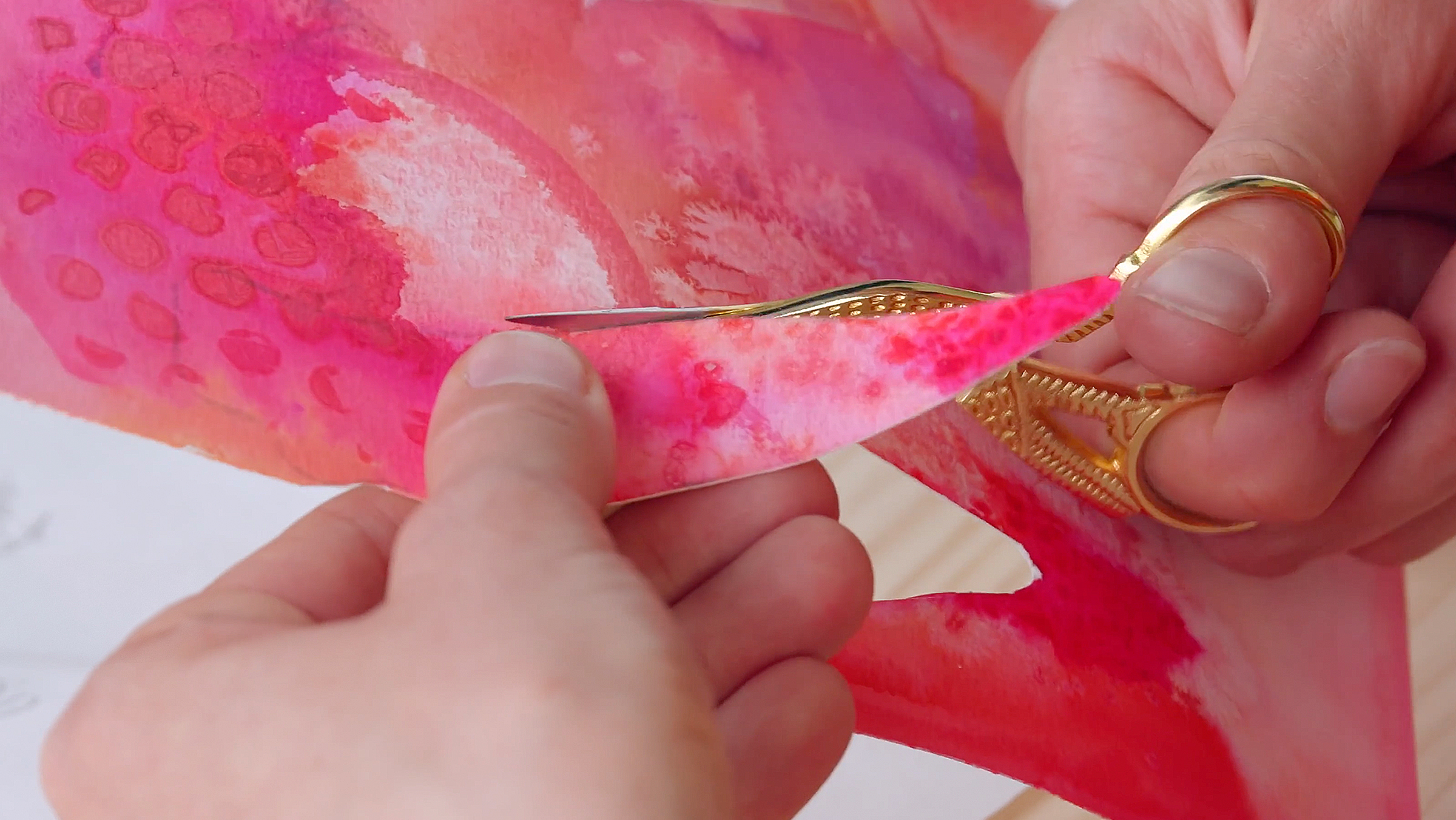









- 100% positive reviews (111)
- 10,360 students
- 94 lessons (15h 44m)
- 53 additional resources (51 files)
- Online and at your own pace
- Audio: English, Spanish
- Spanish · English · Portuguese · German · French · Italian · Polish · Dutch · Turkish
- Level: Beginner
- Unlimited access forever
What is this course's project?
By the end, you will have created a series of sketches that reflect your own interpretations of figures, landscapes, and abstract compositions.

Projects by course students
Who is this specialization for?
This specialization is crafted for artists, illustrators, and creative minds eager to supercharge their sketching skills. It's perfect for beginners itching to master the basics, as well as those looking to level up their technique or dive into thrilling new realms of visual expression.
Requirements and materials
All you need is a sketchbook, some pencils, maybe a few brushes, and possibly a drawing program at some point (but one you can adapt to your usual tools) - the concepts are what really matter. Bring your creative passion along for this journey, and you're all set. This specialization is designed to flex with your experience level, whatever it may be.











Reviews
What to expect from this specialization course
-
Learn at your own pace
Enjoy learning from home without a set schedule and with an easy-to-follow method. You set your own pace.
-
Learn from the best professionals
Learn valuable methods and techniques explained by top experts in the creative sector.
-
Meet expert teachers
Each expert teaches what they do best, with clear guidelines, true passion, and professional insight in every lesson.
-
Certificates
PlusIf you're a Plus member, get a custom certificate for every specialization course. Share it on your portfolio, social media, or wherever you like.
-
Get front-row seats
Videos of the highest quality, so you don't miss a single detail. With unlimited access, you can watch them as many times as you need to perfect your technique.
-
Share knowledge and ideas
Ask questions, request feedback, or offer solutions. Share your learning experience with other students in the community who are as passionate about creativity as you are.
-
Connect with a global creative community
The community is home to millions of people from around the world who are curious and passionate about exploring and expressing their creativity.
-
Watch professionally produced courses
Domestika curates its teacher roster and produces every course in-house to ensure a high-quality online learning experience.
FAQs
What are Domestika's online courses?
Domestika courses are online classes that allow you to learn new skills and create incredible projects. All our courses include the opportunity to share your work with other students and/or teachers, creating an active learning community. We offer different formats:
Original Courses: Complete classes that combine videos, texts, and educational materials to complete a specific project from start to finish.
Basics Courses: Specialized training where you master specific software tools step by step.
Specialization Courses: Learning paths with various expert teachers on the same topic, perfect for becoming a specialist by learning from different approaches.
Guided Courses: Practical experiences ideal for directly acquiring specific skills.
Intensive Courses (Deep Dives): New creative processes based on artificial intelligence tools in an accessible format for in-depth and dynamic understanding.
When do the specialization courses start and when do they finish?
All specialization courses are 100% online, so once they're published, specialization courses start and finish whenever you want. You set the pace of the class. You can go back to review what interests you most and skip what you already know, ask questions, answer questions, share your projects, and more.
What do Domestika's specialization courses include?
The specialization courses are divided into different modules. Each one includes lessons, informational text, tasks, and practice exercises to help you carry out your project step by step, with additional complementary resources and downloads. You'll also have access to an exclusive forum where you can interact with other students, as well as share your work and your final project, creating a community around the specialization courses.
Have you been given a specialization courses?
You can redeem the specialization courses you received by accessing the redeeming page and entering your gift code.
When do I get the specialization courses certificate? Plus
Category
Areas
- Architectural Illustration
- Artistic Drawing
- Botanical Illustration
- Character Design
- Children's Illustration
- Colored Pencil Drawing
- Creativity
- Drawing
- Figure Drawing
- Fine Arts
- Gouache Painting
- Ink Illustration
- Naturalistic Illustration
- Pencil Drawing
- Portrait Drawing
- Realistic Drawing
- Sketching
- Traditional illustration
- Watercolor Painting





Es un buen curso que contiene lo elemental para comenzar a dibujar, incluso lo recomendaría para quien tiene cero conocimientos pero quiere comenzar a dibujar.
Adorei a idéia de ter várias aulas e professores falando do mesmo assunto! até o momento estou gostando muito!
recomendo!!
Excelente especialización.. Estoy muy feliz de realizarla..
Esta muy bien, ves diferentes opiniones y sugerencias sobre el stcheching de diferentes profesores. También vas conociendo a dichos profesores y sus técnicas y materiales. Interesante. Los videos están traducidos así que si no sabes inglés es recomendable.
this course is great for beginners.